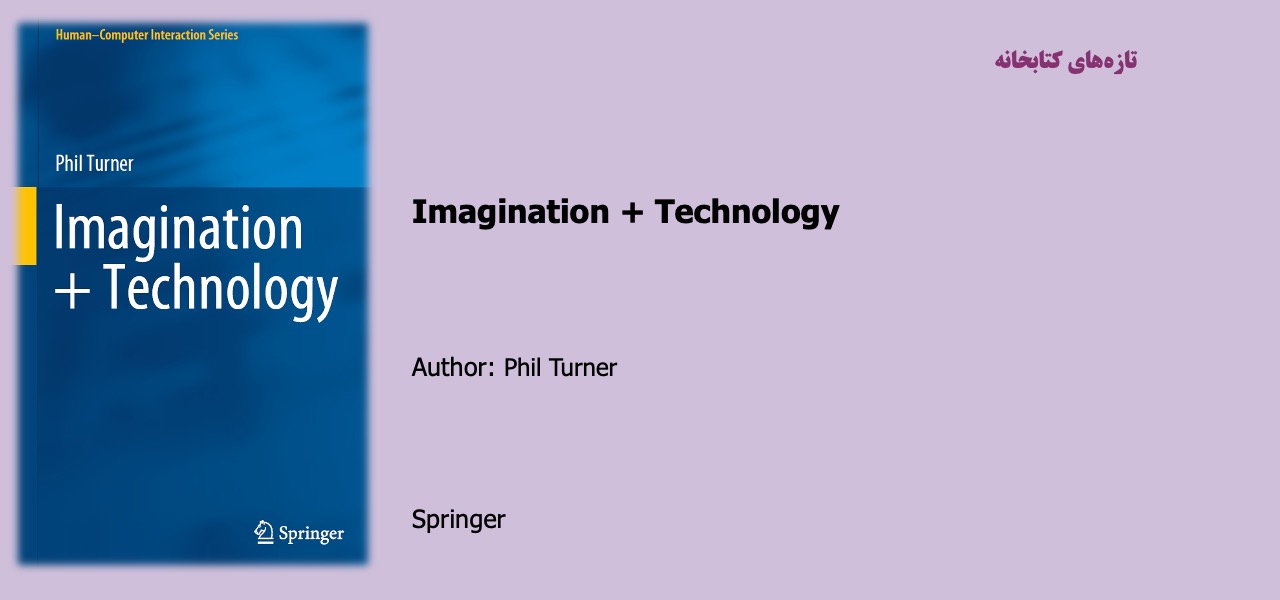Imagination + Technology

In this book, we pose the question, “Is imagination important to human-computer interaction (HCI)?”. While denying such a role is not plausible, the evidence suggests otherwise. There is no substantive treatment of imagination anywhere to be found in the HCI literature. There is no reference to imagination in accounts and models of interaction, or any mention of imagination in any of the popular HCI undergraduate textbooks, and there is little or no mention of it (except obliquely) in the numerous design guidelines distilled from good practice. Yet as HCI professionals, practitioners, researchers, teachers and students, we know that these different expressions of HCI offer a significant role for imagination, for example, we bring to life scenarios or personae with our imaginations and the evaluation of technology typically relies on imaginative “what-if” situations. Perhaps most importantly, we cannot design digital technology without imagination, we cannot use and experience technology without it.
If imagination is as important as we propose, why is there no agreed or generally adopted definition of it within HCI? Well, of course, imagination does pop up from time to time but reference to it tends to be limited to mean creativity. It is as though we have relegated and confined imagination to a supporting role in design.
Perhaps imagination is too exotically psychological to be appreciated by ever-practical HCI? But this is not the case because mainstream psychology itself seems to have little time for it either. There is no established psychology of imagination, and just like HCI, a discussion of imagination is conspicuously absent from textbooks. Even the observation that imagination seems to be a forgotten or neglected feature of our cognition is missing too.
مطالب مرتبط

اصول روان درمانگری و مشاوره با رویکرد اسلامی (مفاهیم، فرآیند و فنون)
۲۶ / بهمن / ۱۴۰۳

آموزش مهارت نوشتن از منظر شناختی
۲۶ / بهمن / ۱۴۰۳


